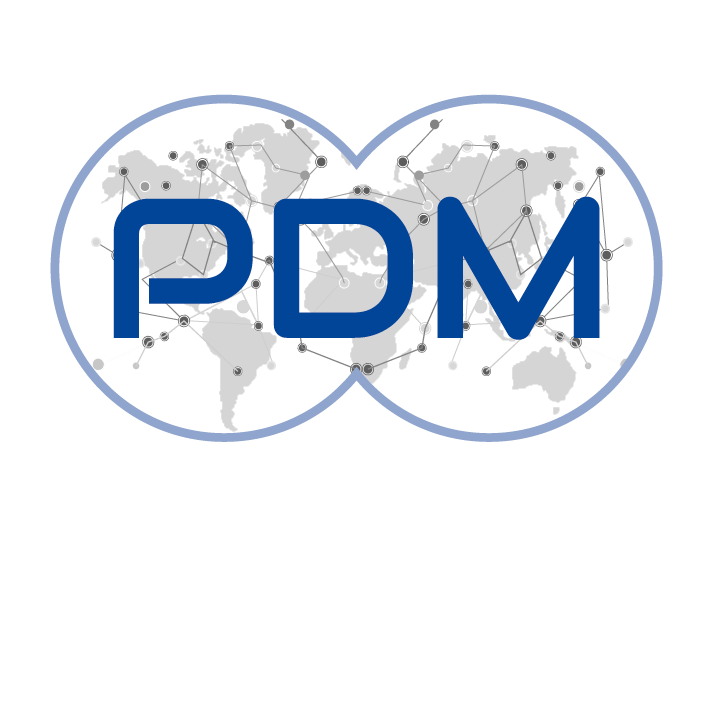Page content
2nd Webinar of the PDM Network “Protecting Against Climate-Risks and Disasters: Tools for Ministries of Finance” – 2 October, 2023
The second webinar of the PDM Webinar Series, entitled Protecting Against Climate-Risks and Disasters: Tools for Ministries of Finance, successfully concluded on 2 October 2023. The event featured as speaker James Seward, Senior Financial Officer, Capital Markets and Investments team, World Bank Treasury, with Timothy Bishop, Senior Policy Analyst, Insurance, Directorate for Financial and Enterprise Affairs, OECD, moderating the event.
The PDM webinar took place in a context characterized by rapidly increasing frequency and severity of climate-induced shocks, which are negatively impacting budgets and debt worldwide. The shocks are often direct through the substantial costs associated with rebuilding after floods, droughts, hurricanes, and wildfires, and indirect from increases in food and commodity prices. There is a range of new financial tools Ministries of Finance can use to protect budgets against these shocks. This one-hour interactive webinar explored some of these tools and how they can be applied, including short case studies.
Key topics discussed related to climate risks and damages, disaster risk financing options, contingent financing solutions, risk transfer solutions and commodity risk management.
Timothy Bishop recalled a recent OECD publication, Building Financial Resilience Against Climate Impacts, which presents an analytical framework for governments for managing financial impacts. This framework highlights the need for identifying and reporting climate-related risks, mitigating these risks and their impacts on government, and preparing integrated and multi-pronged government financial strategies. The framework also highlights the need for efforts at the global level to promote climate financial resilience. He noted that the World Bank is well placed to provide support at both the national and global level to build governments’ financial resilience to disasters, by providing expert advice, offering relevant financial instruments, and leveraging its balance sheet to deliver innovative and efficient solutions.
James Seward discussed the financial tools and solutions available to Ministries of Finance, according to their specific circumstances and needs, and which could be provided by the World Bank. Taking into consideration different countries and geographical areas heterogeneity and singularity, several financial products which may contribute to the hedging of disasters risks were described, including CAT DDO (Catastrophe Deferred Drawdown Option), IPF DDO (Investment Project Financing Deferred Drawdown Option) and CAT bonds and insurance (directly issued by the World Bank, without any SPV intermediation). Their optimum mix requires a structured analysis focused on the specific types of risks and the frequency and severity of disaster events, a strategy to layer various financial products against the mix of disaster risks, and on budgetary and other rules that may influence the choice of tools. To support countries, the World Bank has set up a Disaster Risk Insurance Platform, providing advisory services and, at the same time, acting as a venue performing execution services designed to transfer a country’s risks to insurance and capital markets.
The discussion on commodity risk management highlighted the knock-on effects of climate risks and disasters, specifying how they may impact commodity risks that can impact food security in particular. A clear taxonomy of fiscal accounts’ exposures to price risk was also discussed. Several commodity risk management financial products are currently available: derivatives agreements may be worth to hedge price risks while loans embedding commodity caps/swaps link the debt service to the price of a commodity or a commodity index, and contingent loans provide immediate liquidity line to hedge shortfall in resources related to dramatic economic events or to adverse commodities market trends.
Short case-studies - Kenya, Malawi, Jamaica, and Morocco - were discussed, highlighting how the theoretical framework and the different financial tools and solutions were concretely applied. Moreover, the presentation made some evidence of World Bank disaster risk transfer transactions.
Following Qs & As, Timothy Bishop summarized the session, noting three key takeaways:
- First, much more work needs to be done by ministries of finance to understand the potential fiscal risks from climate shocks. The world is facing increasing frequency and severity of these shocks, and often, governments are not always prepared to handle the costs of immediate response and reconstruction over time.
- Second, once the risks are better understood, ministries of finance should explore the full range of financial tools to access to cover various layers of risk, from the high frequency / low-cost events to the low frequency / high-cost events. As was shown during the webinar, there are a range of solutions that can be deployed, from contingent financing to market transfer products such as cat bonds and insurance.
- Finally, the impacts of climate on commodities and the potential for hedging some of those risks were also investigated. This is increasingly important for countries reliant on food-related imports and exports, as well as countries that are moving towards renewable energy, but are still relying on fossil fuels during the transition period.
This webinar is part of the new PDM Webinar Series initiative, which – in line with the informative and inclusive spirit of the PDM Network – intends to serve as a periodical forum for presenting and discussing traditional and innovative, policy-relevant research/documents/issues on all aspects of sovereign debt management. The PDM Webinar Series will convene policy makers, DMOs, experts, researchers, market supervisors and regulators, and practitioners from diverse academic, policy, and market spheres. Stay tuned for next PDM webinar!



